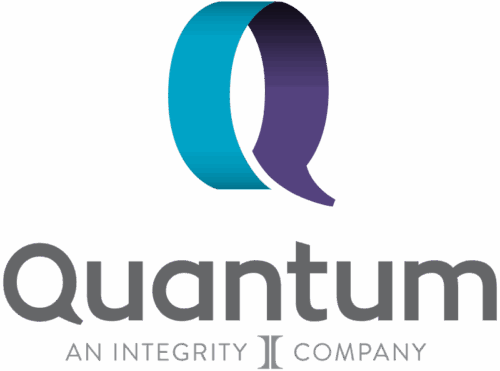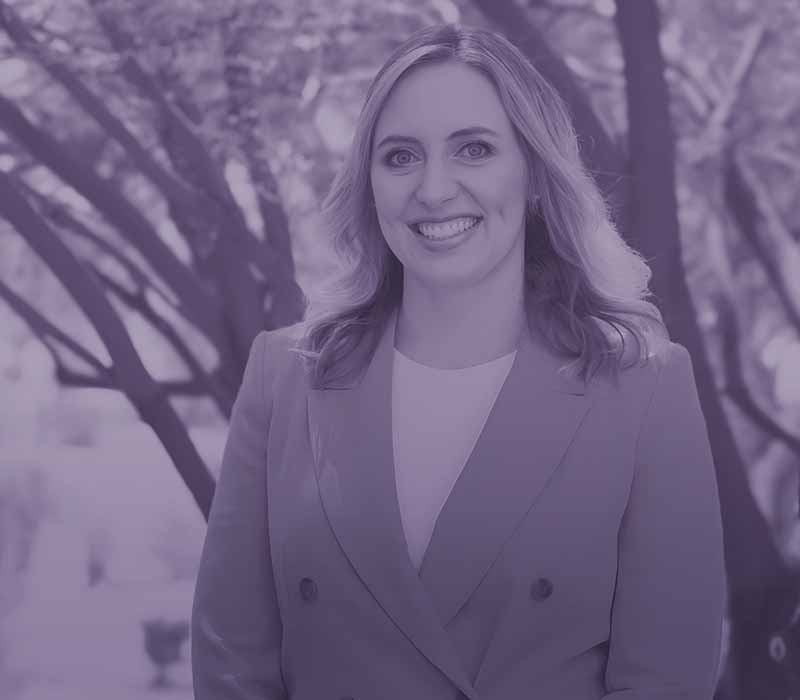It’s October and the countdown has begun.
The entire financial services industry has begun the end-of-year rush to help clients get all their paperwork filed, plans for 2023 and 2024 taxes laid, and other miscellaneous financial and retirement strategies executed so that clients stay in compliance with IRS and other complex governmental rules.
Here are a few reminders about RMDs and other information that may help with your retirement clients.
Required Minimum Distributions
1) First Time RMD Deadlines
- Traditional IRAs (including SEPs and SIMPLE IRAs)
Must be taken by April 1 of the year following the calendar year in which your client reaches RMD age; currently age 73. (Beginning January 1, 2033, the RMD age will be 75.)
- Traditional 401(k), 403(b), 457(b) or other qualified plans
Must be taken by April 1 of the following year after reaching RMD age. However, if client is still employed at RMD age, they may be able to delay their first RMD until April 1 of the year after they retire.
2) Ongoing RMDs Deadline
RMDs must be taken annually by midnight, December 31. Anyone who has started taking RMDs must continue.
3) Roth Conversion Deadline
Roth conversions must be completed by December 31. Remember, these can no longer be undone.
4) RMD Aggregation Rules
- Traditional 401(k) and 457(b) accounts
Each account requires its own individual RMD be taken.
- Roth 401(k) and 457(b) accounts
Each account requires its own individual RMD be taken. Beginning in 2024, RMDs will no longer be required from these accounts.
- Traditional 403(b)s
RMDs can be aggregated but only with other 403(b) accounts.
- Roth 403(b)s
RMDs can be aggregated but only with other Roth 403(b) accounts. Beginning in 2024, RMDs will no longer be required from these accounts.
- Traditional IRAs (including SEPs and SIMPLE IRAs)
RMDs can be aggregated with other traditional IRA accounts.
- Roth IRAs
No RMDs are required.
Account Contribution Deadlines
1) Maxing Out a 401(k)
Your client should work with their HR department prior to the December 31 deadline so that the desired contribution for the year can be made. For the 2023 tax year, the maximum contribution allowed is $22,500, or $30,000 for those age 50 or older.
NOTE: If an employer matches contributions, the total 401(k) plan contributions by an employee and an employer cannot exceed $66,000 in 2023, or $73,500 for employees who are 50 or older.
2) Traditional and Roth IRA Contributions
The deadline for IRA contributions for the 2023 tax year is April 15, 2024. For 2023, the total contribution amount your client can make to all of your traditional IRAs and Roth IRAs can’t be more than $6,500, or $7,500 if they’re age 50 or older.
NOTE: Roth IRA contributions are limited if your client’s income exceeds a certain level. While contributions to traditional IRA accounts are not subject to income limits, whether or not the contributions are tax deductible does depend on their income level and other factors.
Quantum Deadline
RMD distribution and Roth conversion requests must be in to us by the end of the day on Friday, December 15th (or sooner) in order to ensure that they are processed by the end of the 2023 tax year.
Let us know if we can help! Call us at 800.440.1088.
Sources:
https://www.schwab.com/learn/story/2023-rmd-reference-guide
https://www.forbes.com/advisor/retirement/401k-contribution-limits/
https://www.edwardjones.com/us-en/market-news-insights/retirement/iras/ira-contribution-limits
https://www.savingforcollege.com/article/529-plan-contribution-deadlines
Interview with Ed Slott: “RMDs are a Nightmare This Year”






















